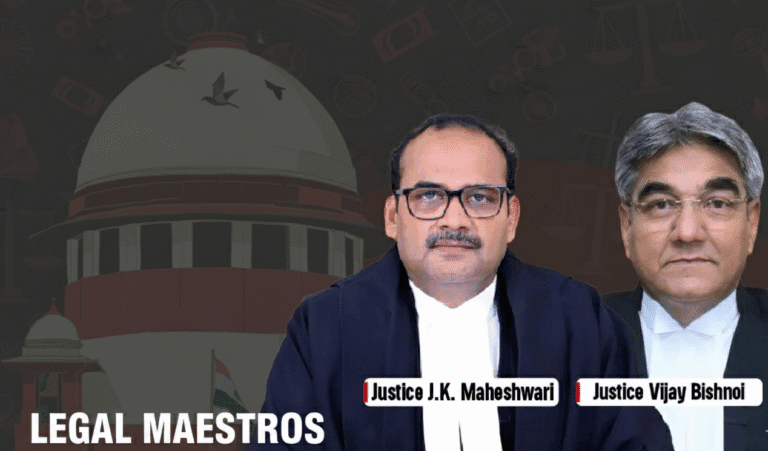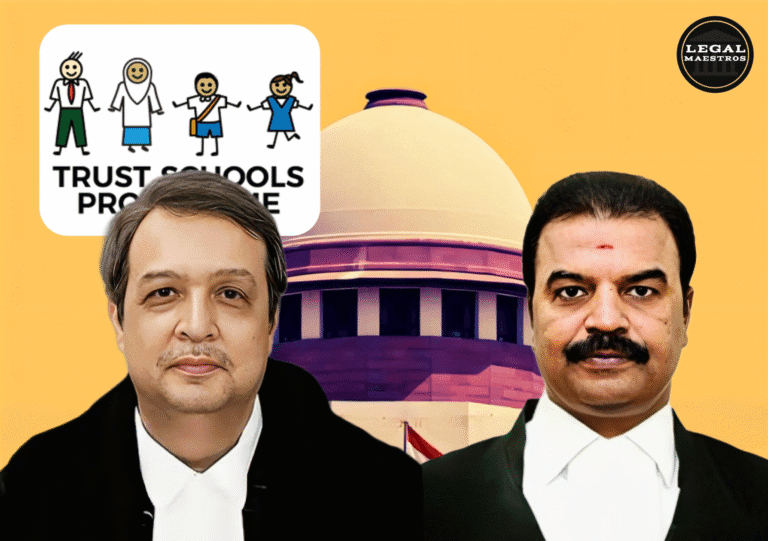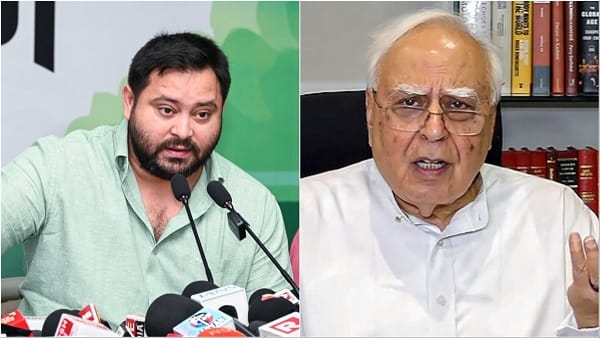
The current paper discusses an important case of the Supreme Court of India SUHAGRANI AND OTHERS versus MANAGER CHOLAMANDALAM MS GENERAL INSURANCE CO. which is produced with LTD, December 14, 2025. The case which is a non-reportable case raises serious questions involving motor vehicle accidents claims, onus of the proof, and the tendency of appellate courts on weighing the evidence.
Facts Surrounding the Case
The case was based on the claim petition as filed by the appellants (claimants before the Motor Vehicles Claims Tribunal) to obtain compensation amounting to Rs. 1,88,08,448/-. On September 24, 2021, Mr. Nathuram Ahirwar, husband of No. 1 claimant and father to claimants 2-4 was succumbed to death as he allegedly hit by someone driving a vehicle. He was riding his motorcycle and was hit at the back by a mini-truck (Ape pick-up vehicle) and died on October 1, 2021, because of injuries sustained.
The insurance company denied the claim arguing that the deceased was the one who was negligent that is he lost balance and fell off his motorbike. The insurer further argued that the claimants had conspired with the driver of the vehicle known as the Ape and the driver had no valid driving license hence the insurer was not in any way liable. The offender of the driving vehicle was brought before the tribunal ex-parte.
For any queries or to publish an article or post or advertisement on our platform, do call at +91 6377460764 or email us at contact@legalmaestros.com.
Tribunal’s Findings
The Motor Accident Claims Tribunal (MACT) Deori, District Sagar (M.P.) on furnishing evidence, at the end of which was of the opinion that the accident caused by the offending vehicle and that the death of the deceased was a consequence of the injuries. It was held that the tribunal granted a final sum of compensation of Rs. 12,43,324/- with simple interest of 6 percent per annum on the date of making claim petition till payment. The wife and son of the deceased (PW-1, 2) qualified their case, 48 documents were given in evidence to prove the case. The insurance company did not bring any witness to the court but produced three documents instead.
Reversal of the High Court
It prompted the insurer to appeal against the order of the tribunal in the High Court of Madhya Pradesh. High Court granted the appeal and dismissed the claim petition and gave two main reasons as to why it made such decision. In the first place, the High Court observed that claimant No.3, Naresh Kumar (PW-2) had himself in his police statement acknowledged that the deceased had fallen off his motor cycle because he was not in balance, which has indicated that the role of the incriminated vehicle was untenable. Secondly, the High Court pointed out that the wife (PW-1) of the deceased who happened to be a pillion rider and the eyewitness did not argue against the fact that she did not spot the registration number of the offensive vehicle. The High Court labeled the evidence about the registration number produced by the son-in-law as unreliable since he was not put under examination. On such and other grounds the High Court decided that the insurer was not liable and the claim was rejected. This prompted the claimants to file up an appeal to Supreme Court.
Analysis and Finding of Supreme Court
The Supreme Court discussed the case in great detail with an eye to the evidence problems which brought the High Court to disagree with him. The Court noted that PW-1, wife of deceased who was a pillion rider, always came to the court that the mini-truck behind them had hit the motorcycle and she along with her husband fell down and her husband sustained grievous injuries. It was observed by the Supreme Court that the MLC Information to Discharge, the death report, death information to police, FIR, and the final report all contained data that the accident was caused due to the rash and negligent driving of the mini-truck.
Importantly, the Supreme Court also focused the issue of the appeals by the High Court in using a police statement made by PW-2. The Supreme Court pointed out that PW-2 in his cross-examination by the Tribunal denied that the statement to the police (Exhibit D-1) wherein he supposedly accepted the fall of his father as being caused by loss of balance. The Court indicated that the jurisdictional police officer who took the statement given by PW-2 was not cross-examined and no effort was taken by the insurer to establish what was contained in Exhibit D-1. When doing this, the Supreme Court considered this to be a major weakness of the arguments by the High Court.
Also, the Supreme Court reproached the High Court in ignoring the fact that as a result of the police investigation, a chargesheet was filed against the driver of the vehicle, which offended – something that was not in dispute. The Supreme Court highlighted that PW-1 was the most important witness out of them all since she was direct eyewitness being the pillion rider and her evidence was not supposed to be rejected. It was expected that the complaint was not filed immediately after the accident due to trauma and need of addressing to medical needs of the deceased. The Court further indicated that the insurer never questioned the chargesheet drawn against the driver of the offending vehicle. Due to all these accumulative reasons the Supreme Court overturned the findings of the High Court.
Compensation Assessment
On the part of compensation, the Supreme Court supported the award of Rs. 12,43,324/- with 6 percent interest by the tribunal. Considering that the appellants wanted an increment where they argued that the deceased made between Rs. 10,00,000/- to 20,00,000/- a year through agricultural farming, the Supreme Court did not agree with this. The Court observed that there were no records to back this earning up, other than mere declaration of the appellants. The Court was of the view that income which comes with agricultural land does not go completely when the owner passes; and the claimants would at most earn supervision charges.
The Supreme Court also took into consideration the fact that the tribunal did not take to full consideration the fact that the wife would not be totally denied the pension of the deceased. The fail to count agricultural income loss was offset by the fact that the whole of pension would not be lost and it was noted that a loss of income can be as much as only 50% of the pension. The Supreme Court held that the recomputation would only make the compensation, marginally higher and therefore, the compensation awarded by the tribunal was fair and reasonable.
An Allocation of Remuneration
At last, the Supreme Court adjusted the splitting of the compensation. Since it came to the realization that claimants 2 to 4 (the children of the deceased) were fully-grown adults by the time their father passed away, the Court ordered that 85 percent of the compensation should be distributed apportionately to the deceased wife (claimant no.1) with the rest of other compensation being equally (5:5:5) divided among the claimants 2 to 4..
The Supreme Court accepted the appeal in part, expressing the need to rely more on firsthand witness of the event rather than on statements made by unproven police work and taking into account the kind of trauma that upset the families of the victims of an accident. The ruling represents a case law that when chargesheets are presented against the offending drivers of vehicles, and are not been challenged, chargesheets are treated as substantial pieces of evidence in the benefit claims. The ruling by the Court in upholding the compensation level awarded by the tribunal albeit on a revised apportionment is a sign of the subtle nature of the judiciary in the adjudication of the needs of the claimants against the evidence tabled before them. The court case presents an important precedent in the jurisprudence of motor accident claims in respect of the standards of evidence and appellate intervention. Sources







